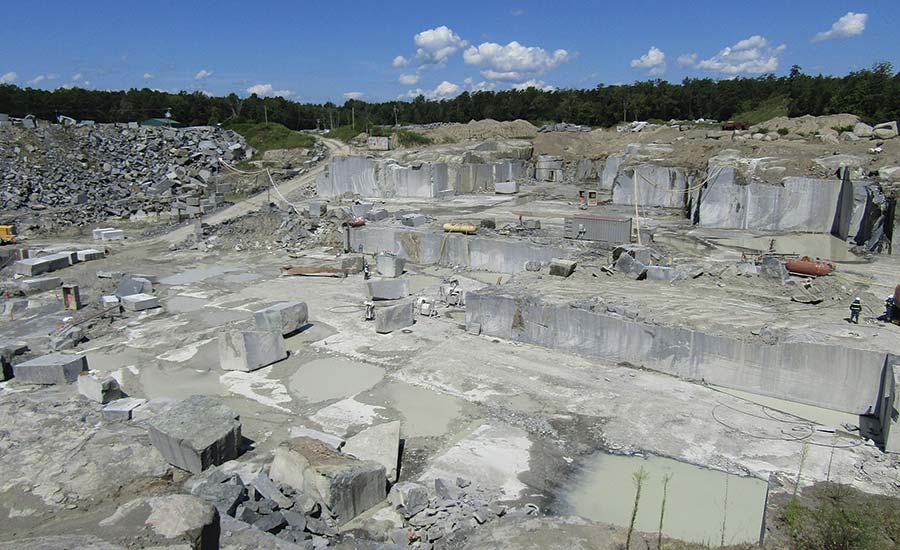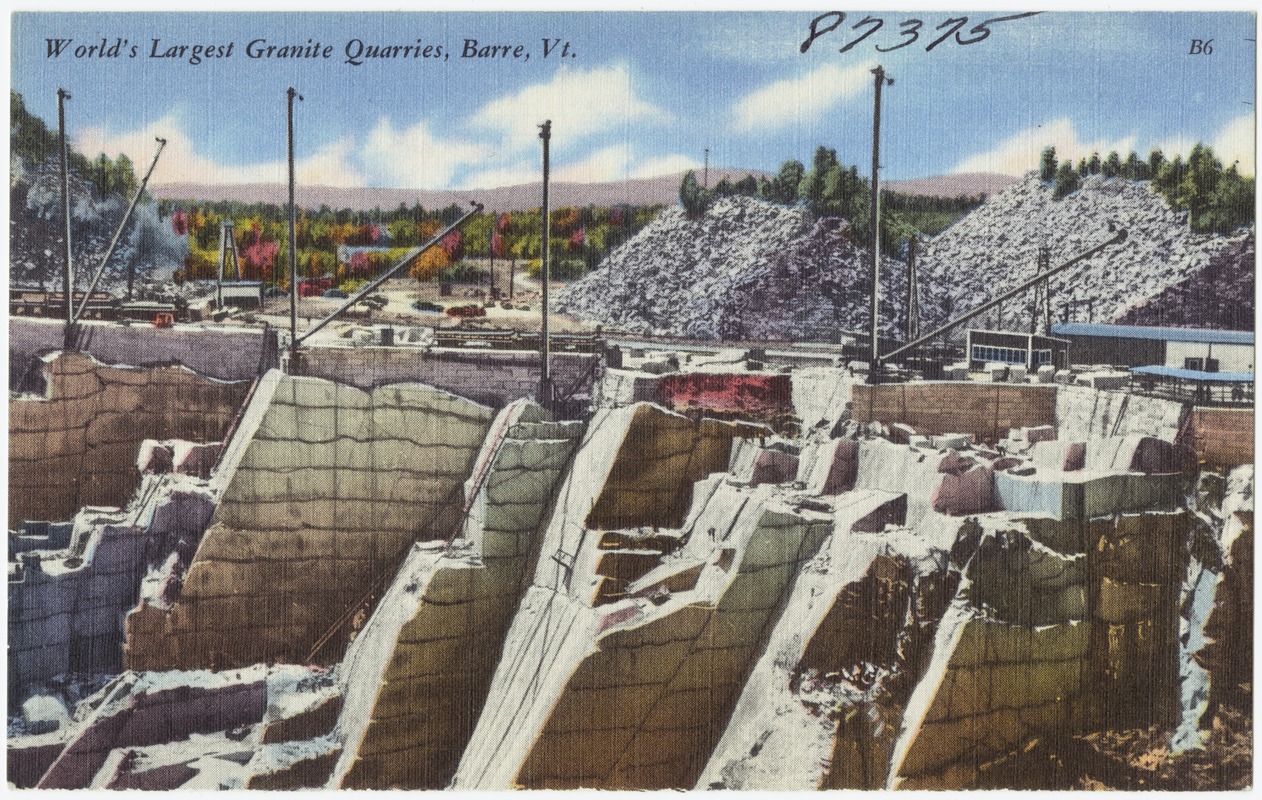A Journey Via Granite Quarries in South Africa: Unveiling Nature's Creativity
A Journey Via Granite Quarries in South Africa: Unveiling Nature's Creativity
Blog Article
Discovering the Rich History and Lasting Practices of Granite Quarrying
As we stand on the precipice of uncovering the detailed tapestry of granite quarrying, a trip with time exposes not simply the physical act of removing rock yet likewise the social and historical relevance woven into the really fabric of this practice. From the ancient beginnings that laid the structure for contemporary quarrying techniques to the sustainable practices that are shaping the future of this market, each carve mark on granite surfaces tells a story waiting to be uncovered (granite quarries in south africa). The legacy of granite quarrying stretches far past plain extraction; it is a testimony to human resourcefulness, resilience, and the enduring appeal of this magnificent rock
Old Origins of Granite Quarrying
Dating back to ancient people, the technique of quarrying granite has actually been an integral part of human history and building improvement. The earliest evidence of granite quarrying dates back to ancient Egypt, where large pyramids and detailed sculptures were crafted from this durable stone. The Egyptians made use of primitive devices to remove granite blocks from quarries, showcasing the importance of this material in their monumental constructions.
Progressing in history, the Greeks likewise made considerable contributions to the quarrying of granite. The Greeks utilized granite in numerous architectural marvels, such as temples and statuaries, demonstrating their ability in shaping and sculpting this durable stone. The Romans better refined the strategies of quarrying granite, employing advanced devices like knives and hammers to essence and shape granite for their legendary frameworks.
Via the centuries, the method of quarrying granite has evolved, with modern-day innovations boosting efficiency while preserving the classic allure of this all-natural stone - granite quarries in south africa. From old human beings to modern contractors, the tradition of granite quarrying remains to form our globe
Development of Quarrying Strategies
The advancement of quarrying methods has actually been marked by a continual progression in the direction of higher effectiveness and precision in drawing out granite. Early quarrying strategies involved hand-operated labor with fundamental tools such as blades, hammers, and wedges to extract granite blocks from the earth.
In more current times, the introduction of machinery transformed the quarrying market, making it possible for faster extraction prices and increased performance. Technologies such as diamond cable saws, high-pressure water jets, and pneumatically-driven drills have become common in modern quarries, permitting precise cutting and decreased waste. Improvements in computer-controlled tools and 3D modeling have actually optimized quarrying operations, leading to very little environmental impact and enhanced sustainability methods. As the need for granite remains to increase, the advancement of quarrying techniques stays indispensable to conference sector requires successfully and sustainably.
Cultural Importance of Granite
Granite holds a profound cultural significance across numerous worlds due to its long-lasting presence in building masterpieces and prized monuments. The social value of granite prolongs past its physical qualities; it embodies strength, security, and timelessness, making it an icon of withstanding heritages and customs.

Sustainable Practices in Quarrying
In the middle of the abundant history of granite quarrying and its social relevance lies an expanding focus on lasting methods within the industry. As ecological understanding and concerns concerning resource exhaustion have enhanced internationally, the quarrying industry has actually progressively accepted sustainable approaches to lessen its impact on the setting and surrounding areas.

In addition, recovery and recovery of quarry sites post-extraction are integral to lasting techniques. By restoring quarried locations to a natural or advantageous state, such as developing wildlife habitats or entertainment rooms, quarriers can balance out the ecological impact of their operations and add favorably to the neighborhood ecological community.
Legacy of Granite Quarrying
With a historical background steeped in craftsmanship and industrial progress, what sustaining effect has granite quarrying left on the landscape of contemporary society? The legacy of granite quarrying transcends plain removal methods; it has formed architectural marvels, urban landscapes, and social heritage worldwide. The sturdy nature of granite has actually made it a preferred choice for monoliths, buildings, and infrastructure, standing as a testimony to the skill and artistry of quarry employees across generations.
Moreover, the economic impact of granite quarrying can Discover More Here not be neglected. The industry continues to supply job opportunity and drive regional economies in areas where granite removal prevails. It has actually likewise spurred technological innovations in quarrying strategies and equipment, bring about more effective and lasting methods.
In terms of sustainability, the legacy of granite quarrying consists of initiatives to reduce ecological effects through improvement projects and responsible source administration. By stabilizing financial interests with environmental stewardship, the market makes every effort to ensure that future generations can continue to profit from this long-lasting natural deposit.
Final Thought

Report this page